If you saw a big dog that seems to look like a Siberian Husky but in fact, it was an Alaskan Malamute you are forgiven. Certain breeds of dogs are very similar and easy to confuse – this is certainly the case with the Malamute and the Husky.
Both Huskies and Malamutes are recognized by the American Kennel Club, resemble wolves but there are some pretty big differences between them. As a group classification, they are working dogs.
In this guide, you’ll find out all you need to know about the differences and the similarities between the Alaskan Malamute and the Siberian Husky. So you can then decide which one is best for you, and what to expect from your Malamute or Husky puppy.
Alaskan Malamute vs Siberian Husky Comparison
I’ve composed a small table and a list below, so you can easily compare the main traits of the two breeds.
| Alskan Malamute | Siberian Husky | |
| Size: | 20 to 25 inches tall (50.8 to 63.5 centimeters) | 20 to 22 inches tall (50.8 to 55.8 centimeters) |
| Weight: | 85 to 100 lbs (38.5 to 45.3 kg) | 35 to 60 lbs (15.8 to 27.2 kg) |
| Coat Type: | Long length, double coat | Medium length, double coat |
| Coat Color: | Ranges from black to light gray and even shades of red | Red, Black, Gray, Sable, Agouti and White |
| Lifespan: | 10 to 12 years | 10 to 14 years |
| Temperament: | Playful, friendly and confident | Friendly and playful but can be independent |
| Intelligence: | Intelligent | Very Intelligent |
| Socialization: | Can be aggressive with same sex dogs | Friendly with other dogs, he is a pack dog |
| Destructive Behavior: | Chewing and Digging are his favourite sports | Will jump fences and try to escape. Can also dig a lot |
| People Skills: | He needs to spend time with his owner and wants to be involved with people | Does not necessarely need much huma interaction but loves to be part of the ‘pack’/family |
| Initial Work Purpose: | Pulling heavy sleds slowly over long distances in the Arctic region | Pulling light sleds at faster speeds over long distances |
| Energy Levels: | Needs daily exercise | Incredibly high energy and needs mental and physical stimulation daily |
Differences and SImilarities between Malamutes and Huskies
Similarities:
- Extremely friendly with people
- They have a double coat
- They shed fur a lot twice a year, usually in fall and spring
- Need daily exercise
- High prey drive, tend to hunt smaller pets
- Need a strong and confident owner to respect him as the pack leader
Differences:
- The Husky needs his own time and is more independent, where the Malamute enjoys spending as much time with humans as he can
- Malamutes live on average about 2 years less and tend to have more health problems
- The Malamute is loyal to the owner and the pack leader where the Husky is loyal to the whole pack
- The Siberian Husky prefers to live with other dogs. The malamute prefers the company of humans
- Huskies tend to be smarter and more cunning when compared to a Malamute
- Huskies tend to be louder and more vocal than Malamutes
- Malamutes are bigger and are considered a large breed
- Malamutes have longer hair than Huskies
- According to the breed standards, Malamutes do not have blue eyes. Huskies do.
- The Alaskan Malamute is stronger while slower than the Siberian Husky
- Huskies need a lot more exercise than Malamutes
These are the main similarities and differences between Malamutes and Huskies. If you were not looking for a quick comparison, read on for a detailed comparison on each point between the two breeds.
Photos: Malamutes vs Huskies
Here are some of the prettiest Malamutes and Huskies out there:

Gorgeous Husky 
Amazing Eyes on this Malamute 
Big boy Alaskan Malamute 
Alaskan Malamute standing 
Two fully-grown Malamutes 
Two Siberian Huskies in the winter 
Great Husky with amazing coat 
Awesome combination of coat color and eyes on this Husky
Size & Weight: which is bigger, the Malamute or the Husky?
Easy one here: Malamutes are bigger than Huskies.
The Alaskan Malamute is considered a big dog breed, whereas the Siberian Husky is a medium-sized breed.
Male Malamutes can reach 85 pounds and a height of 25 inches and female Malamutes can reach 75 pounds and a height of 23 inches.
Male Huskies can reach 60 pounds and a height of 23.5 inches and female Huskies can reach 50 pounds and 22 inches.
So if you were to see them stand side by side you could probably have no confusion: the bigger one is the Malamute.
Appearance and Coats
Both of them have double coats, if you want to read more about the double coat, I wrote a great article here – and while we’re on the subject, don’t shave either of these wonderful breeds.
They also shed similarly. Twice a year, in the fall and spring. During this time you will probably have to brush them daily. The rest of the year, once or twice a week will most of the time be ok. So grab your favorite brush and brush away!
One thing to notice is that unlike the Huskie, the Alaskan Malamute has a longer coat and it tends to be oilier and wooly.
Coats colors
Malamutes can range all the way from black or light gray to shades of red. Regardless of this, their underbelly will mainly be white along with some markings on their face, paws, and legs.
Huskies, according to the breed standards can be black, red, gray, sable, white or agouti. Quite rare to find, some Huskies are purely white all around.
Eye colors found on Malamutes and Huskies
Alaskan Malamutes have brown eyes. Breeders prefer dark brown eyes, as per the breed standard. But the shade of brown can vary to lighter shades of brown and even orange eyes (which look amazing, to be honest).
Huskies can have blue eyes, brown eyes, one of each or even particolored eyes. It is quite rare to see a Siberian Husky with one eye blue and the other brown, and even rarer to see a Husky that has one or both of them colored in both blue and brown. Of course, everybody knows them for their striking blue eyes, but not having them is not unacceptable according to breed standards.
Temperament: the nature of Malamutes and Huskies
These are definitely not guard dogs. Both of the breeds are friendly and playful.
Being working dogs, they need a lot of exercise. So a big and well-fenced yard is quite mandatory if you want your dog to also get some exercise while being at home. Do note that Huskies need more exercise.
That means that you might find that a daily walk with a Malamute is enough to get him tired and happy, while a Husky might need a little bit more in order to get his workout done. Of course, if he is not exercised enough he might resume to digging or other type of yard destruction.
As pack dogs, they both need to feel like they belong to the pack. They enjoy being part of different activities with members of the pack (the family). Make no mistake though, you will need to assert yourself as the dominant leader of the pack.
As alpha as you might try to be, please keep note that the Siberian Husky is sometimes quite independent and stubborn. They will not be turned into an ultra-obedient dog. You might have a better chance with a Malamute if that’s what you’re after.
Diet requirements, grooming and living with a Husky or a Malamute
They share the same requirements in terms of food and feeding. Of course, that means keeping a balanced diet with both dry and wet food and most importantly high-quality ingredients. As far as I’ve experienced medium to high protein diets work wonders if you respect their need for exercise – I’ve also written here about your dog’s immune system and why it’s so important to keep a good eye on his diet.
Of course, treats are mandatory and are encouraged especially while trying to train or play with your puppy. Both Malamutes and Huskies enjoy a lot of fruits and they can respond well to them.
Grooming is also similar, with a small note that Malamutes can be more high maintenance due to their bigger size and coat length. Either way, make sure dog fur does not bother you too much or that you are willing to groom them often – here’s how.
Summary – The Alaskan Malamute vs The Siberian Husky
Fluffly and lovable giants, the two types of dogs have their unique traits. This makes them more or less perfect in terms of your expectations of your new friend.
What you must be sure of is: both breeds are demanding dogs, that require a responsible owner who has the time needed to train and exercise them. Without proper exercising, they can turn destructive due to boredom. But after all, you did get him in order to spend time with him right?
Both breeds love to feel like they are part of the pack, pack that you lead as the main alpha and confident leader. Make sure to be a kind and respectful leader that cares for members of the pack.
So I hope you now know the difference between a Malamute and a Husky. If this article has been helpful, share it with a friend that is trying to decide what breed to adopt!
Don’t forget to check out my article on what you need to know before getting a Husky!


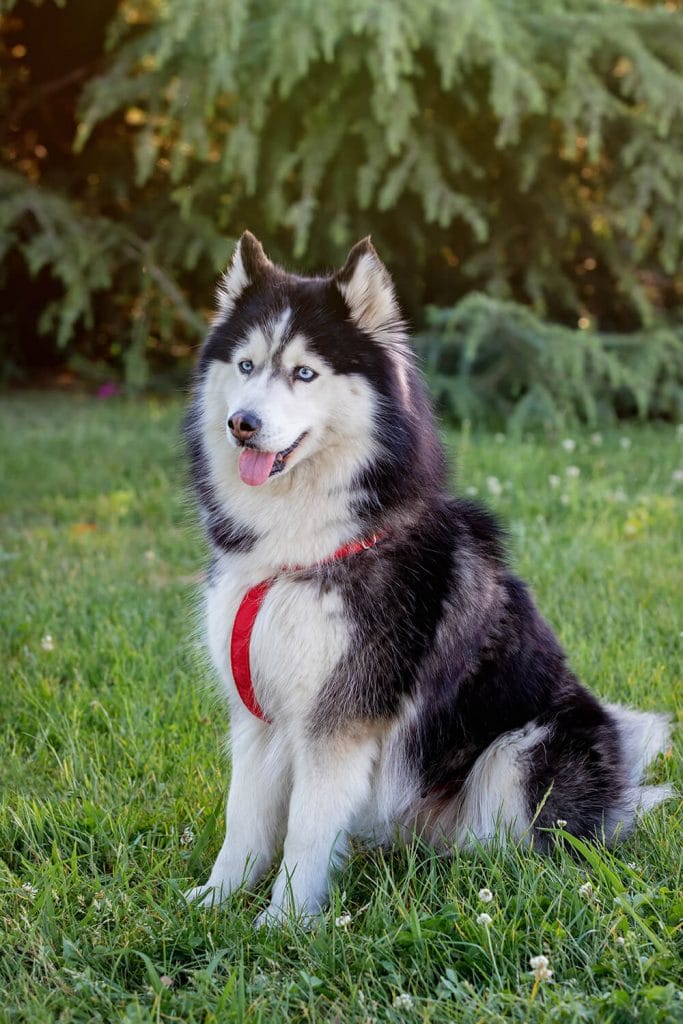
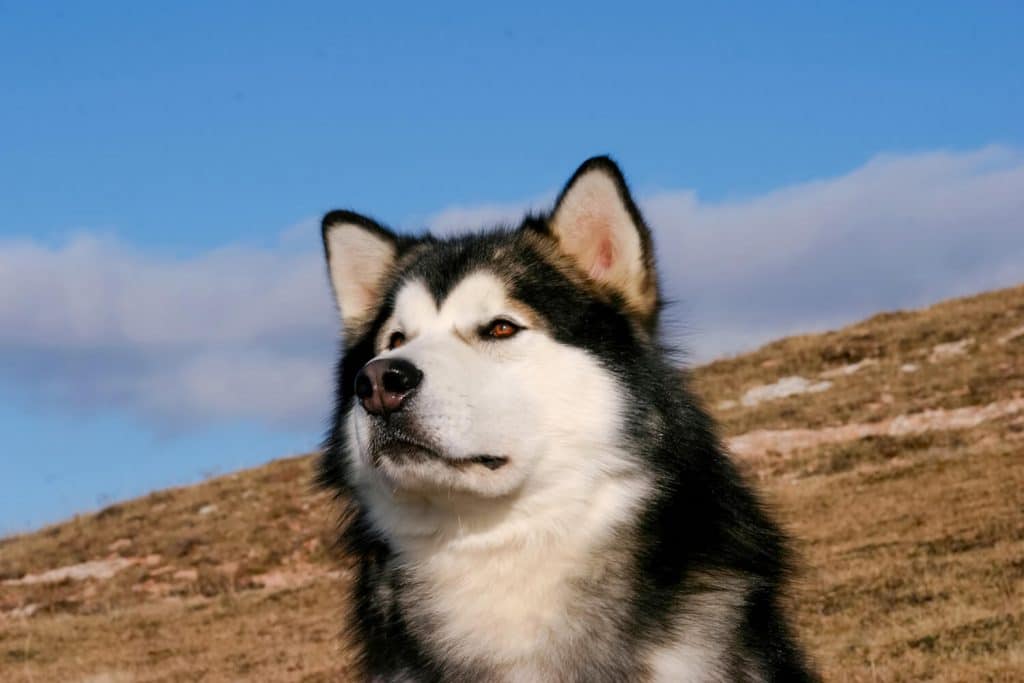
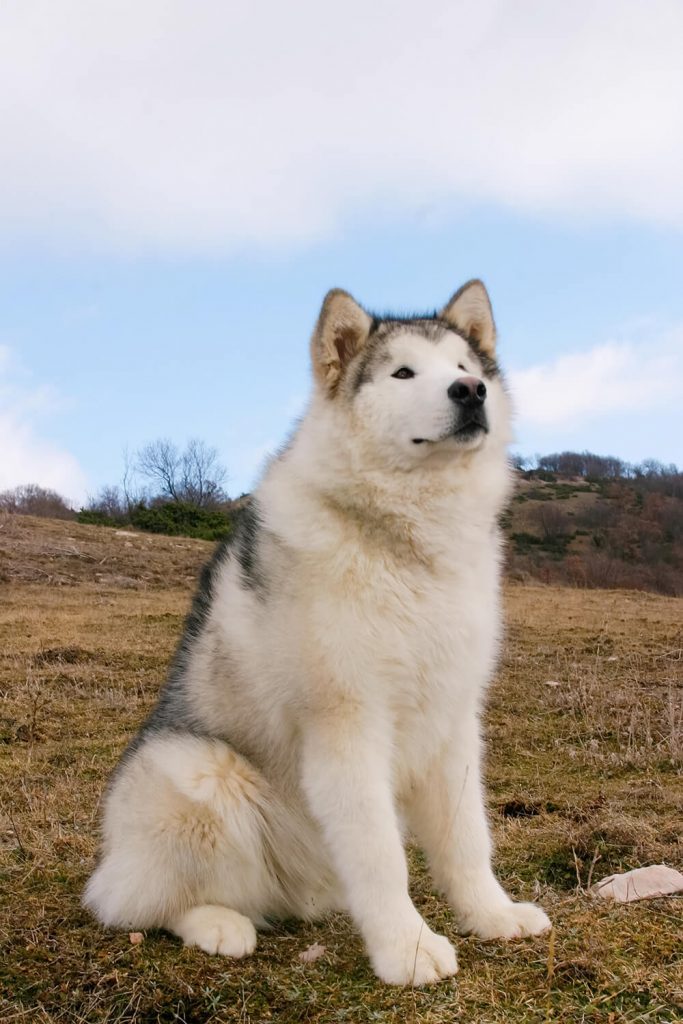
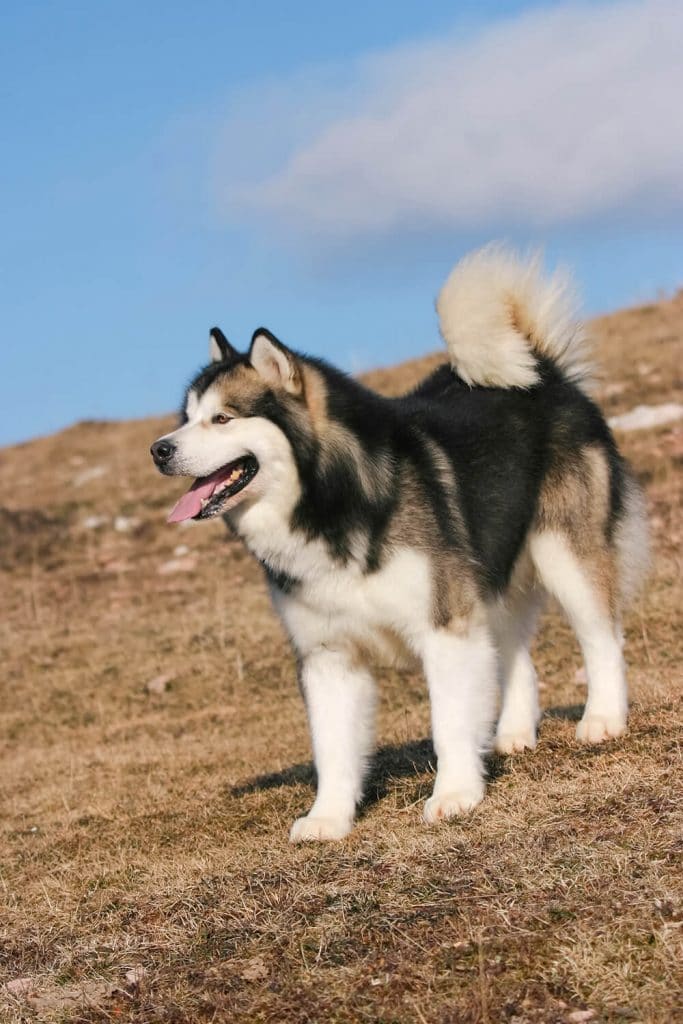
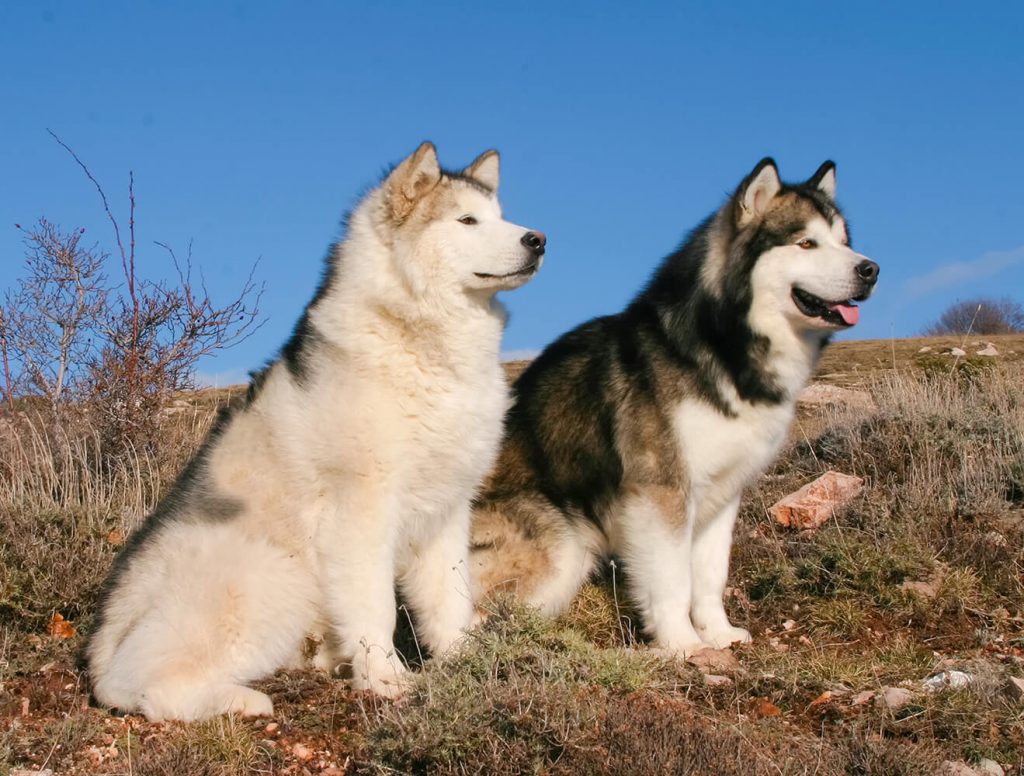

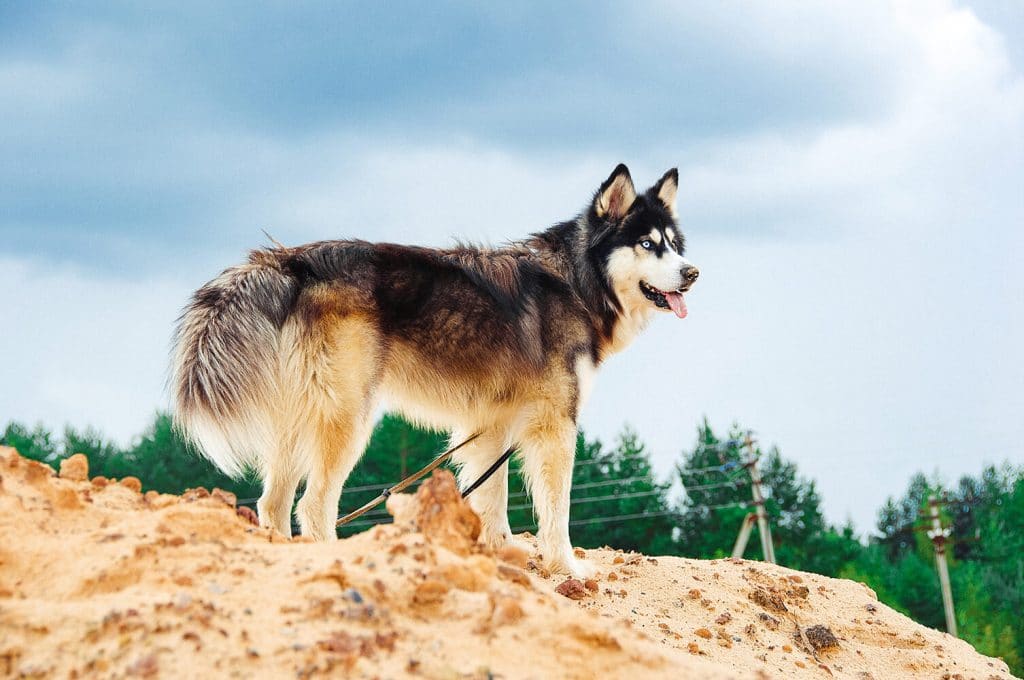
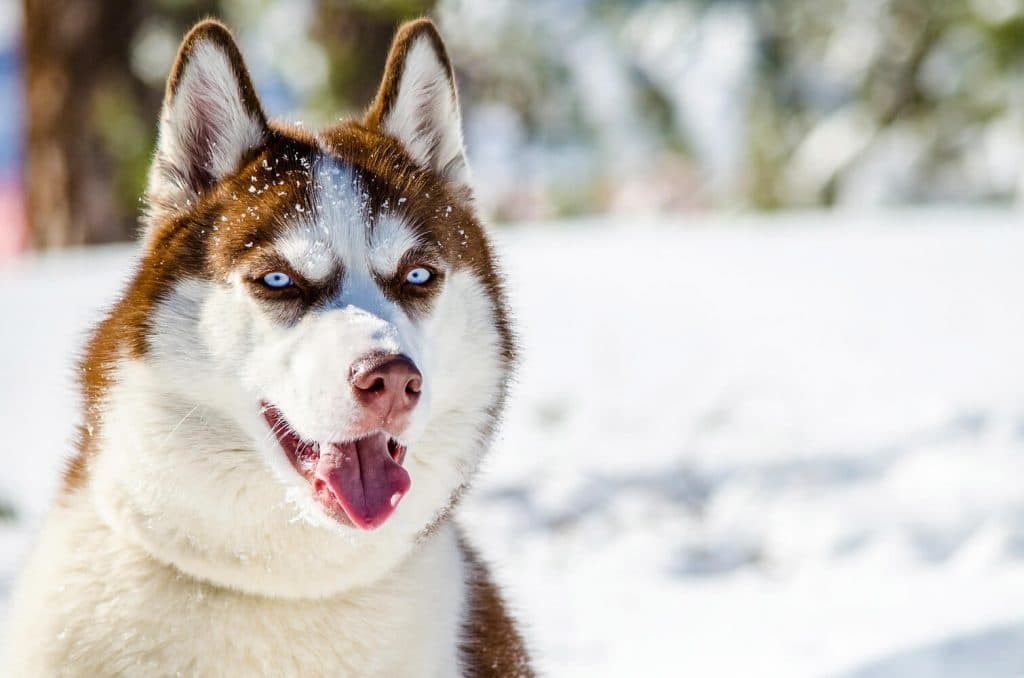
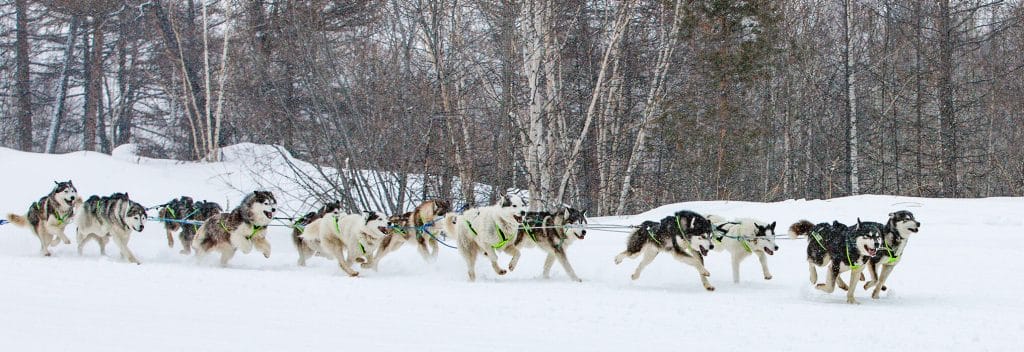
2 Comments
My lovely Husky Trident was not purchased from papered parents though we met them but we weren’t planning to breed. He was right on in the growth charts at 8 months to be 50 lbs but then hit a growth spurt and now at 2.5 years is 75 lbs, not fat, lovely proportions with medium coat and blue eyes (which started sky blue but are now icy). Ignores “come” most of the time until you use your stern voice yet will place as long as one of his people is in eye or ear shot. Talks yet also barks. Pure Husky or some Malamute? Who knows?
The important thing is that your husky Trident is happy, healthy, and loved. Huskies and even Malamutes may be stubborn. Pretend that you are doing something interesting and tell him to come. I bet he will come right away. We wish you all the best. Sending a howl towards you 🙂